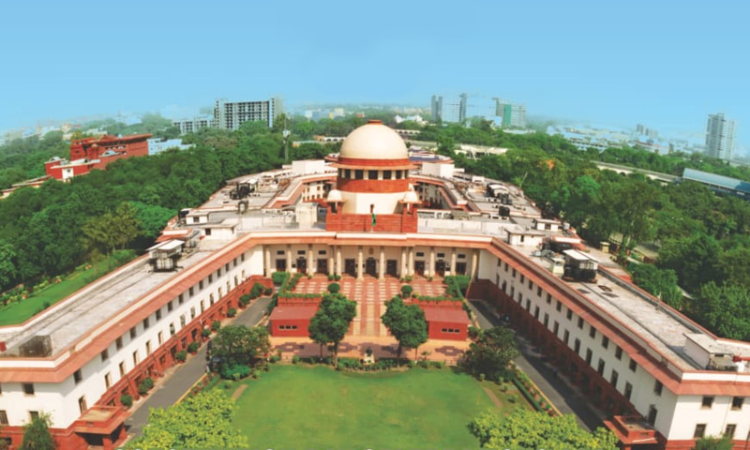Scheme Providing Backdoor Entry Into Service Violates Article 16 : Supreme Court On Railways LARGESS Scheme
Shruti Kakkar
31 Jan 2022 10:48 AM IST

Next Story
31 Jan 2022 10:48 AM IST
The Supreme Court on Tuesday reiterated that the Liberalized Active Retirement Scheme for Guaranteed Employment for Safety Staff notified by the Railways ("LARSGESS Scheme") provides an avenue for backdoor entry into service and is contrary to the mandate of Article 16 which guarantees equal opportunity in matters of public employment.The bench of Justices DY Chandrachud and AS Bopanna...
